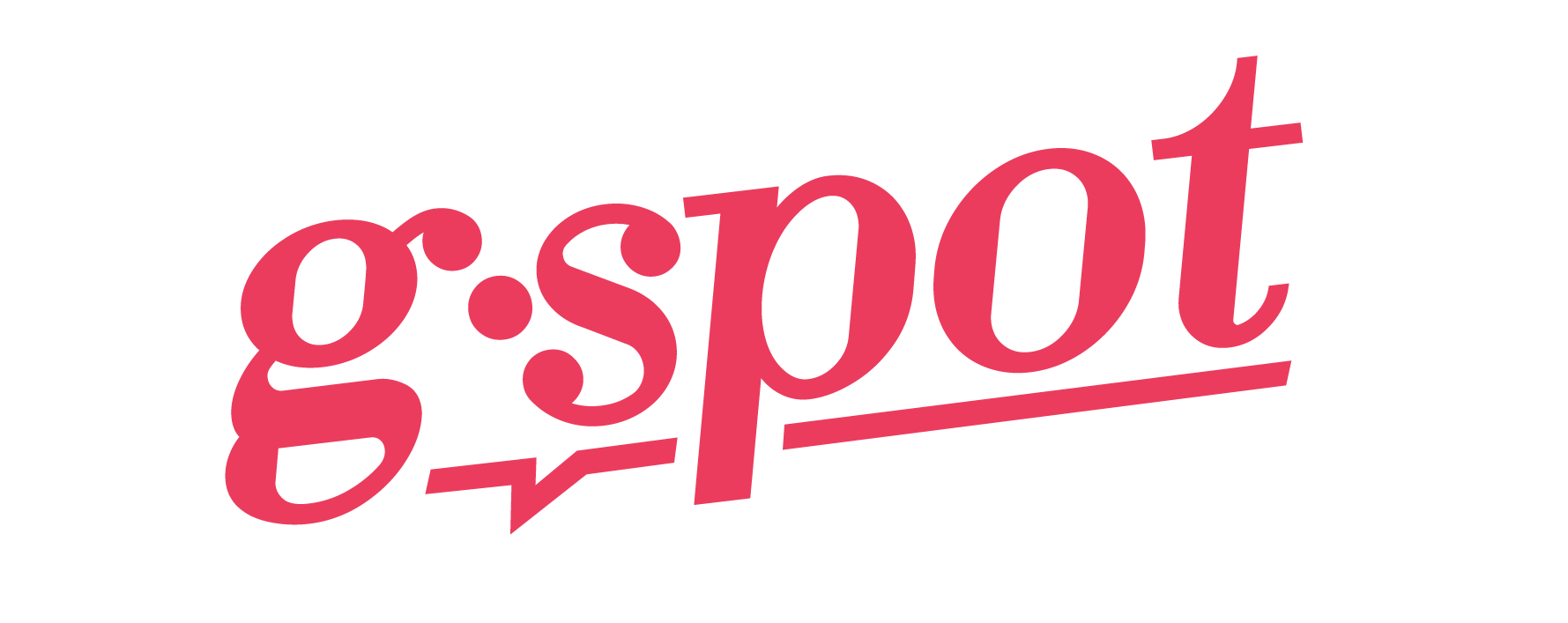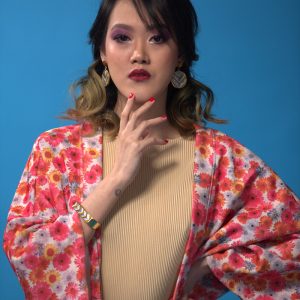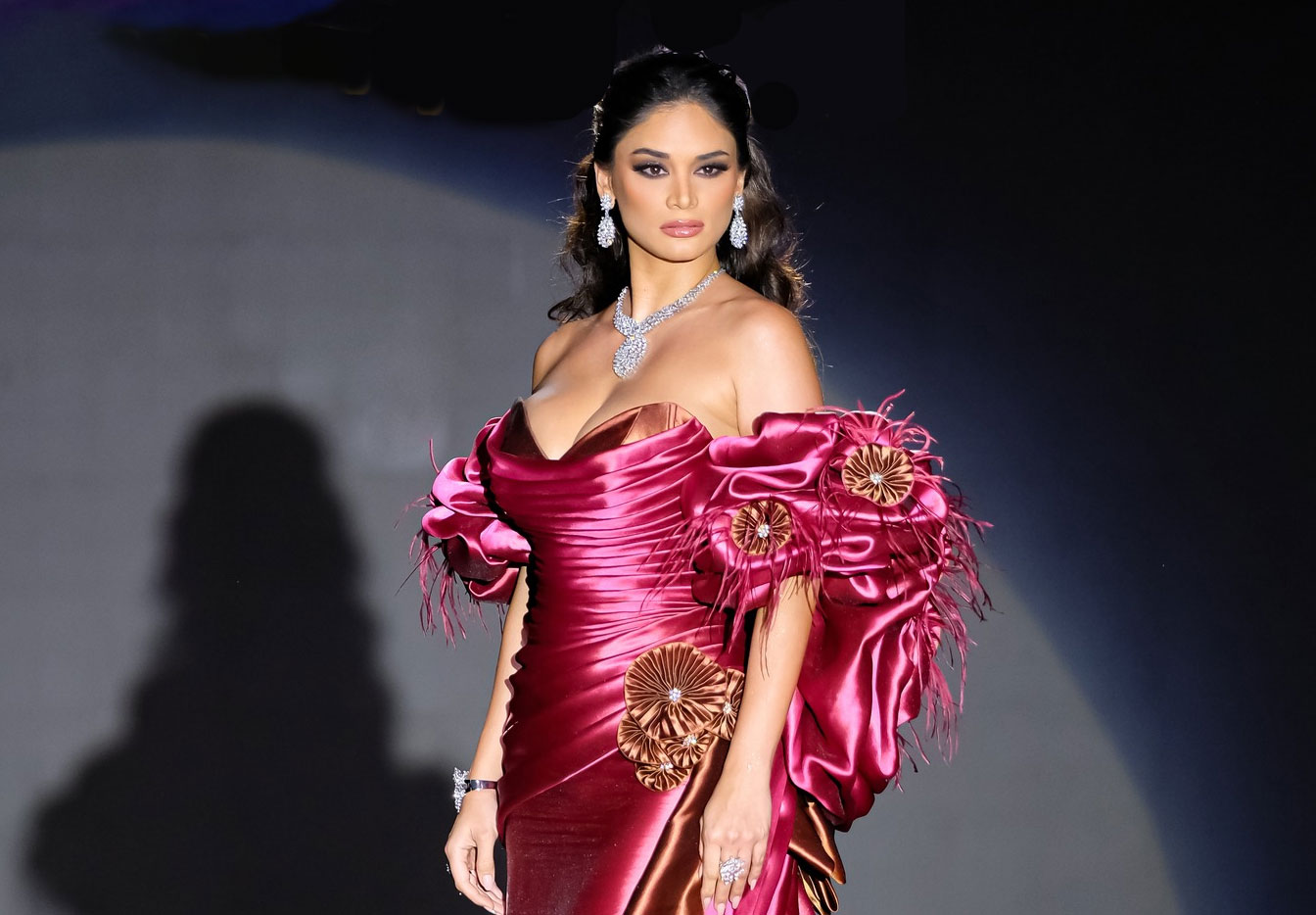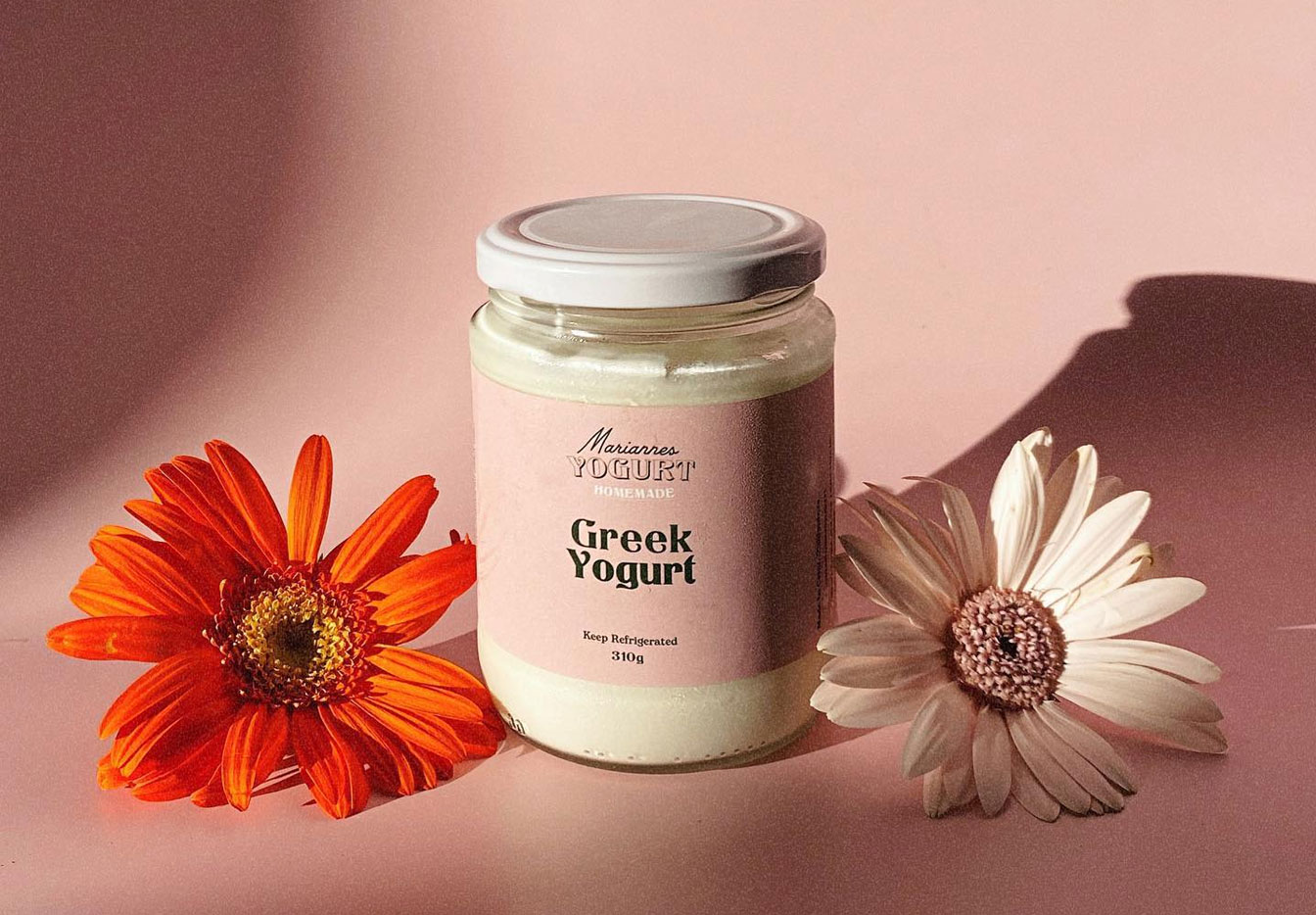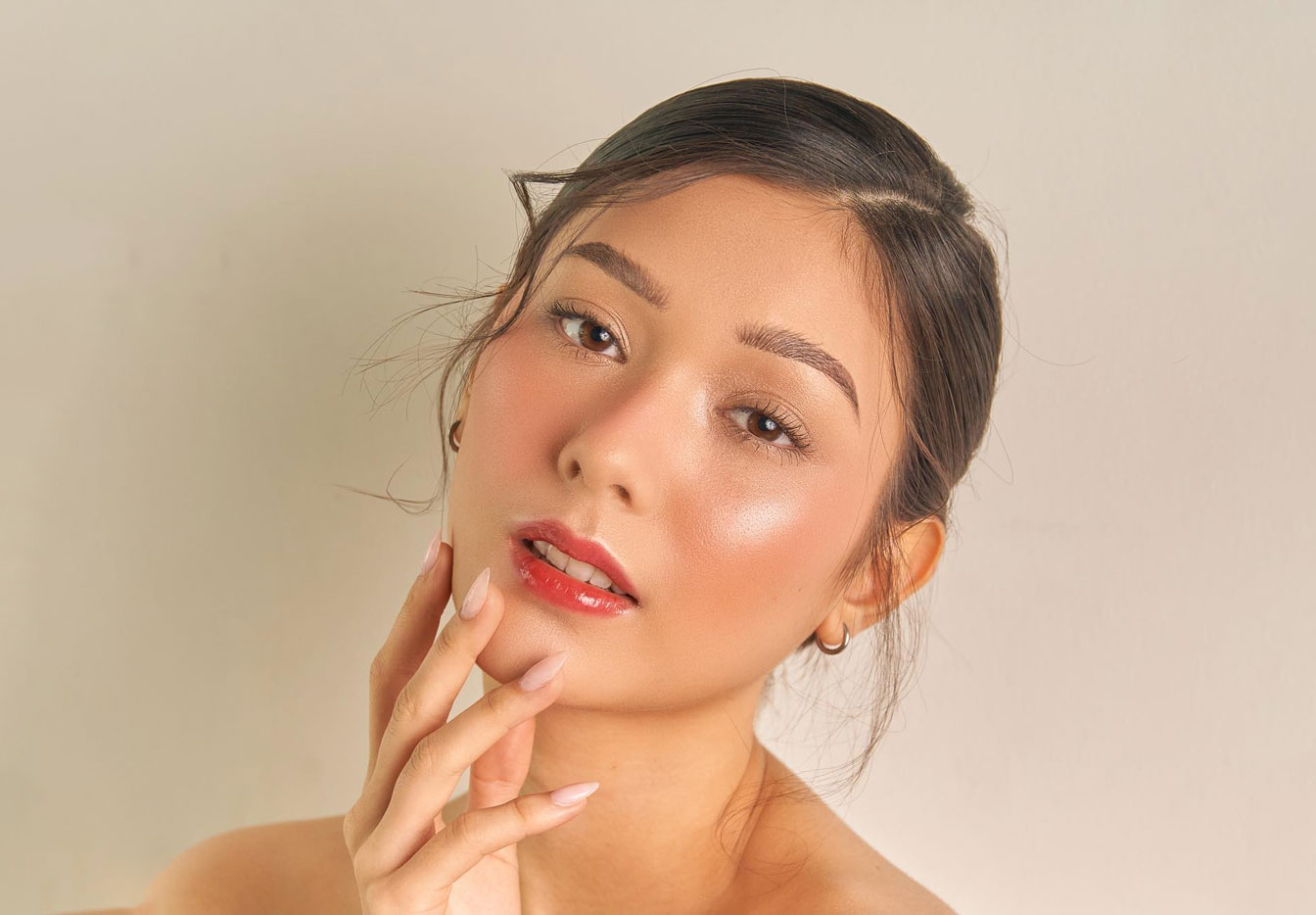It’s the season of sun-loving! Summer is upon us and with all the vacations and outings that you’ve probably got lined up, you would want to feel and look good for the ‘gram, don’t you? I’m happy to be helping you guys out!
Makeup is not only used to alter our features but to enhance them as well. You’d be surprised to learn what a little bronzer, blush, and highlight could do for you. These steps do so much in freshening up your complexion to help you get summer-ready.
I hope this guide helps you out, whether you’re a beginner looking into playing with makeup for the first time, or if you’re an absolute pro but want to be reminded of the good ol’ basics.
Blush
Blush is a makeup item, commonly applied to the cheeks and cheekbones, that is used to bring back color to your face and enhance your complexion. “Blush” comes from the term “blushing” which is what happens when someone gets red in the face from shyness, embarrassment, or shame. They usually come in shades of pink, red, and orange.
In general, blush is placed slightly above the apples of the cheeks, blending towards your temples. As with all makeup products, building the color up slowly is recommended to avoid the problem of oversaturating. Building up is much easier than taking off.
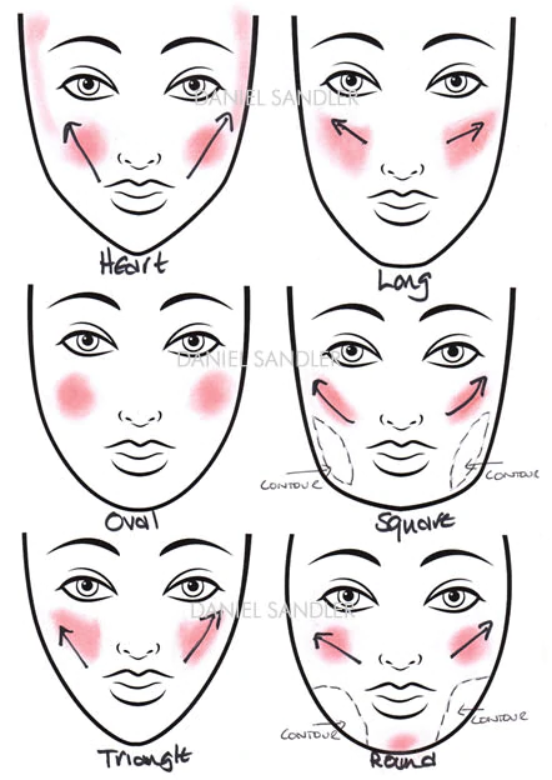
Common Blush Formulas
Powder
- The most common formula you can find
- Best pick for those with oily skin
- Can be used on top of cream/liquid blush to set it, or make it last longer
- Best applied with a light, tapered brush
Cream
- Known for being the best at blending into your skin, giving a more natural look
- Tends to last longer
- Good for all skin types
- Best applied with a dense brush, beauty sponge, or with your fingers
Liquid
- Can either come in a sheer formula, or a thicker, more opaque formula
- Best pick for those with dry skin
- Best applied with a stippling brush or with your fingers
Best Blush Colors According to Your Skin Tone
- Fair Skin Tones: Light pinks, peaches
- Medium Skin Tones: Pinks, corals, oranges
- Deep/Dark Skin Tones: Corals, berry tones, reds
Highlighter
A highlighter is a makeup product that gives your face a dewy, fresh glow. It commonly comes with a shimmery, often glittery (although this is not always recommended) finish that shines and illuminates when light hits it. It is used to bring some of your facial features forward, giving dimension to the face.
Highlighter is usually placed on the high points of your face. This includes the tops of the cheekbones, brow bones, center of the chin, tip of the nose, bridge of the nose, cupid’s bow, the center of the forehead, and inner corners of the eyes.
When it comes to finding the right highlighter shade for you, if your skin has warm undertones, you should go for warm highlighter shades that are at least two shades lighter than your skin tone (golds, peaches, champagnes, bronze, coppers). If your skin has cool undertones, go for cool highlighter shades that are at least two shades lighter than your skin tone (silvers, pinks, pearls, lilacs, rose golds).
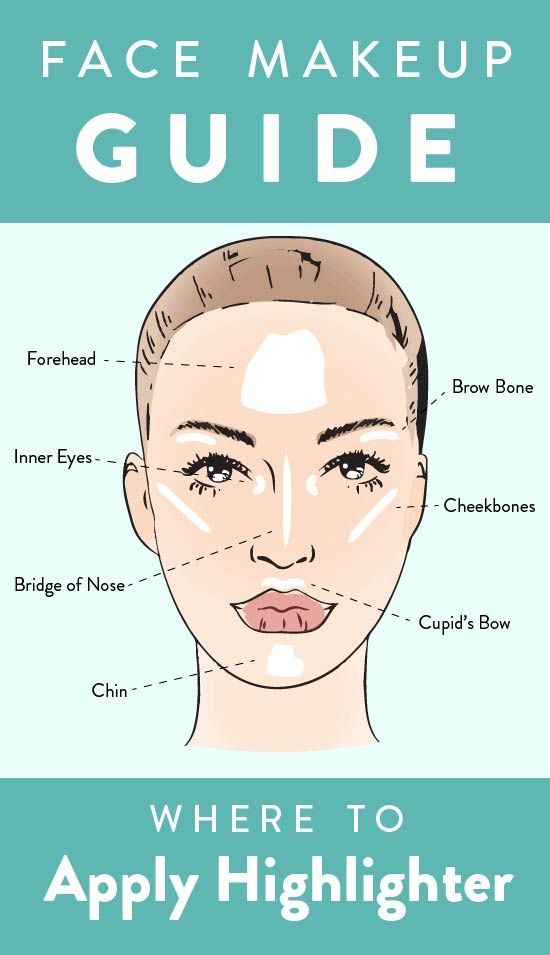
Common Highlighter Formulas
Powder and Liquid
- More noticeable on the skin
- Tends to be more intense
- Sits on top (not as blendable)
- The best formula to use for photography/film
- Powder highlighters are best applied with a fan brush; liquid highlighters are best applied with a beauty sponge or with your fingers
Cream
- Realistic-looking
- Melts onto the skin
- Perfect for a more natural look
- Best applied with a beauty sponge or with your fingers
Bronzer
Bronzer is used to add warmth to the skin. It gives your face a sun-kissed, radiant, and healthy glow. Instead of using it to completely alter the color of your face, you could think of using it as an enhancement by adding a natural, subtle tint to your skin.
The optimal places for bronzer application are areas where the sun would naturally hit your skin–your cheeks or cheekbones, hairline, temples, and nose. For more definition, you can apply bronzer along your jawline too. You could also do a bit on the neck so that it looks cohesive to your face.
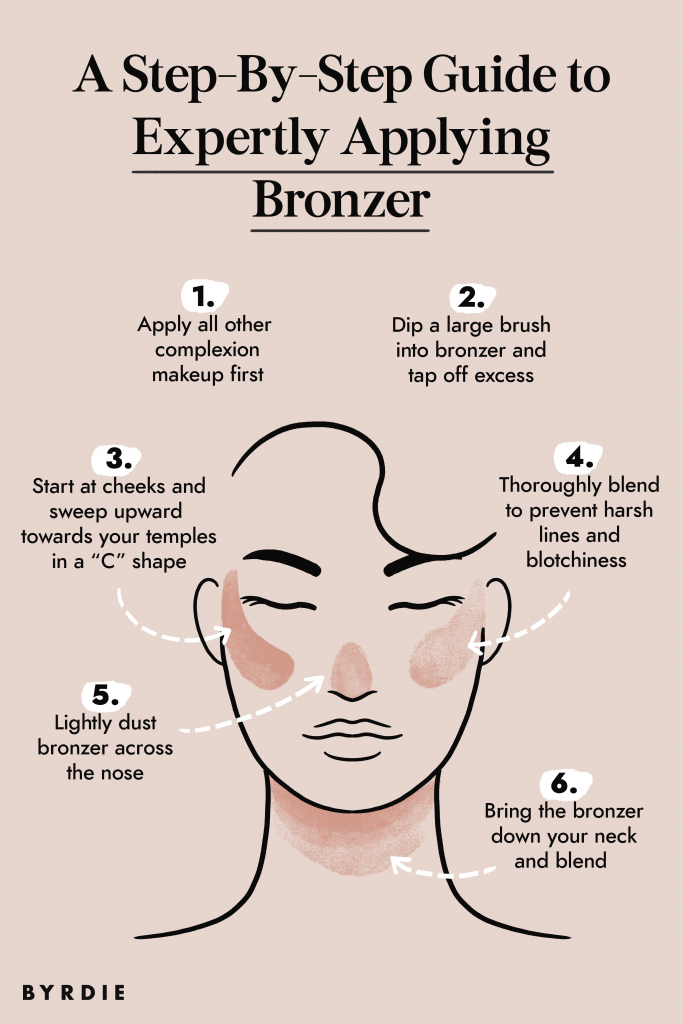
Common Bronzer Formulas
Powder
- Best for oily or normal skin types
- Apply with a dense, fluffy brush
Cream/Gel-based
- Best for dry skin
- Apply with a beauty sponge, with your fingers, or with a foundation brush
Common Bronzer Finishes
Matte
- More versatile
- More realistic
Shimmery
- Could be used as a highlighter
- Best applied on the cheekbones or on high points of the face
Best Bronzer Shade According to Your Skin Tone
Keeping in mind that your bronzer should be about 2 shades darker than your skin tone:
- Fair skin tones: shades with light pink or peachy undertones
- Medium and olive skin tones: shades with neutral browns and golden undertones
- Deep and dark skin tones: shades with rich brown undertones
As always, I’m leaving you guys with a gentle yet handy reminder: one of the greatest things about makeup is that it washes off. You’re eternally free to play around with the placement of these makeup steps to find what you think suits you and your taste best. Makeup is about experimenting and having fun with it! Good luck with getting your glow on!
